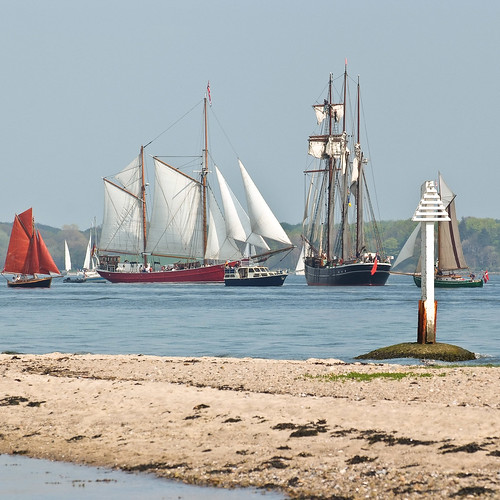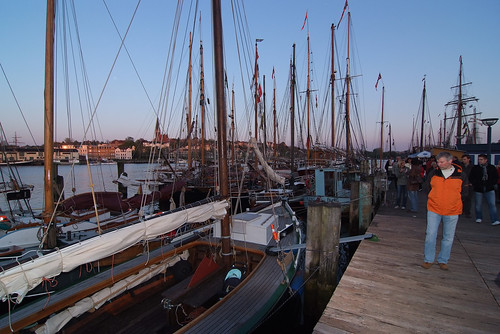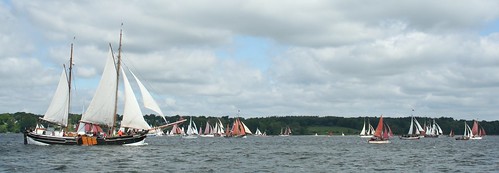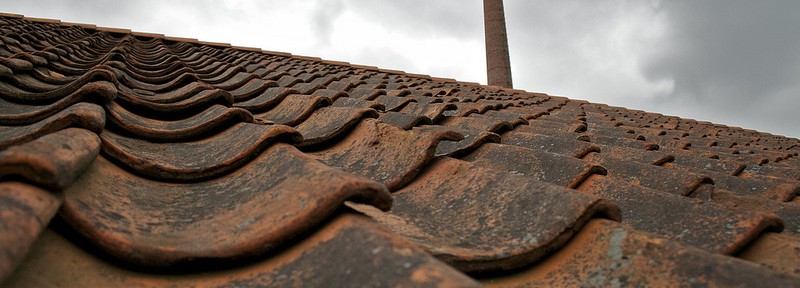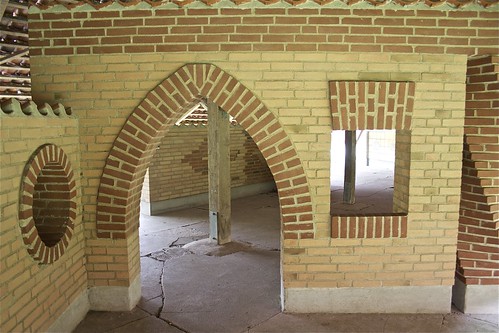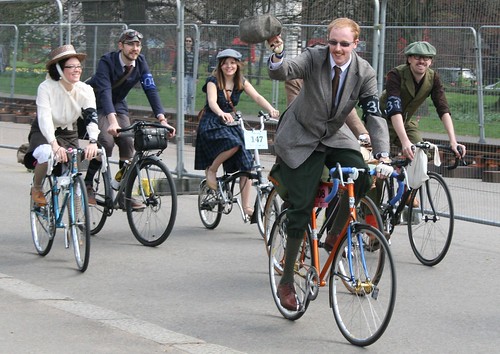I am tired of constantly being told by certain people that the Danish education system is an all-singing all-dancing perfect affair. In the words of a friend, “the Danish education system is not backward like the education systems in Russia, France and the UK”. So I decided to dig a bit deeper.
A quick search online brought me to review on the national policies of education commissioned by the Danish Government from OECD. When I saw it I thought ‘Great – an objective report!’ and set to reading it.
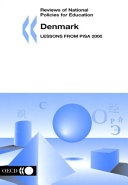
So what did I find?
The report was written following the PISA results carried out in 2000, a study which aims to investigate how prepared students are to future challenges. It is divided into 2 parts: a background report on the Danish education system, and an examiners report written by people from three reference countries (Canada, UK and Finland). In the examiners report there are sections on the strengths and on the weakness of the system, which I found particularly interesting:
The strengths
A strength of the system is, without a doubt, the interest of the state in investing in education (7.8% of GDP in 2008). This provides some of the highest ratios of staff to students, resources and equipment. The government also provides the different schools with the flexibility for innovation. Another positive aspect from my point of view is that the students are happy and feel well-supported. The parents also are strongly involved. This makes for happy customers all round, with public satisfaction being constantly high.
The weaknesses
Unfortunately, what the report clearly shows (saying it in the first paragraph of the executive summary) is that while Denmark has one of the most expensive education systems in the world, it is disappointingly underperforming. In particular, the report identifies a strong underachievement, where there are “fewer high flyers, a lower average performance, and a greater proportion of those experiencing serious difficulties” than might be expected. A possible reason given for this is that there are very few evaluation systems put in place to be able to identify if there are problems that need to be taken care of, and often very little sharing of successful practices.
However, what I found even more surprising is that, while I have constantly been told that the quality might be suffering because Danes aim for equality, the report clearly shows that this is not the case. In fact, the difference between the weaker students and the ones from less advantaged backgrounds and the average is bigger than in other countries they looked at. One particular point they picked up on was that the weaker students are often taken out of class to improve in one subject (mainly Danish from what I understand), which consequently means that the students are automatically falling behind on the other subjects, causing a downward spiral from which it is harder to get out.
I think the report really hits on a couple of things I have been feeling since I have been bombarded by how great the Danish education system is. I tried to summarise the main points that struck me, but there are others, such as that the system focuses on the social and emotional skills, but forgets that its primary aim is also intellectual skills, and that it should also challenge the kids. So I urge you to read the report yourself if you have an interest in the subject… and I am curious. What do YOU think?

